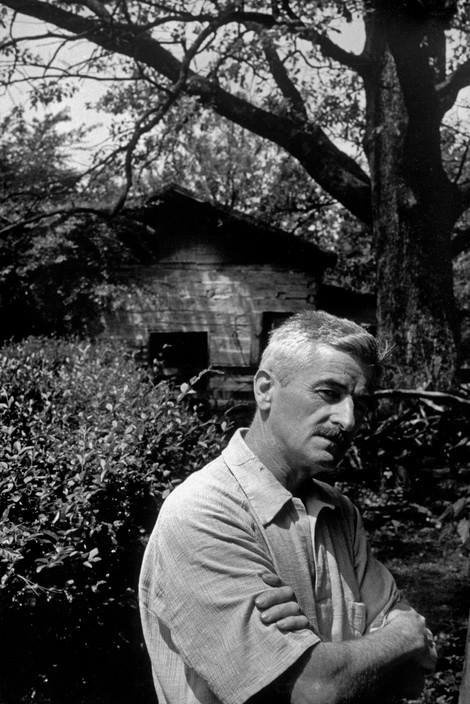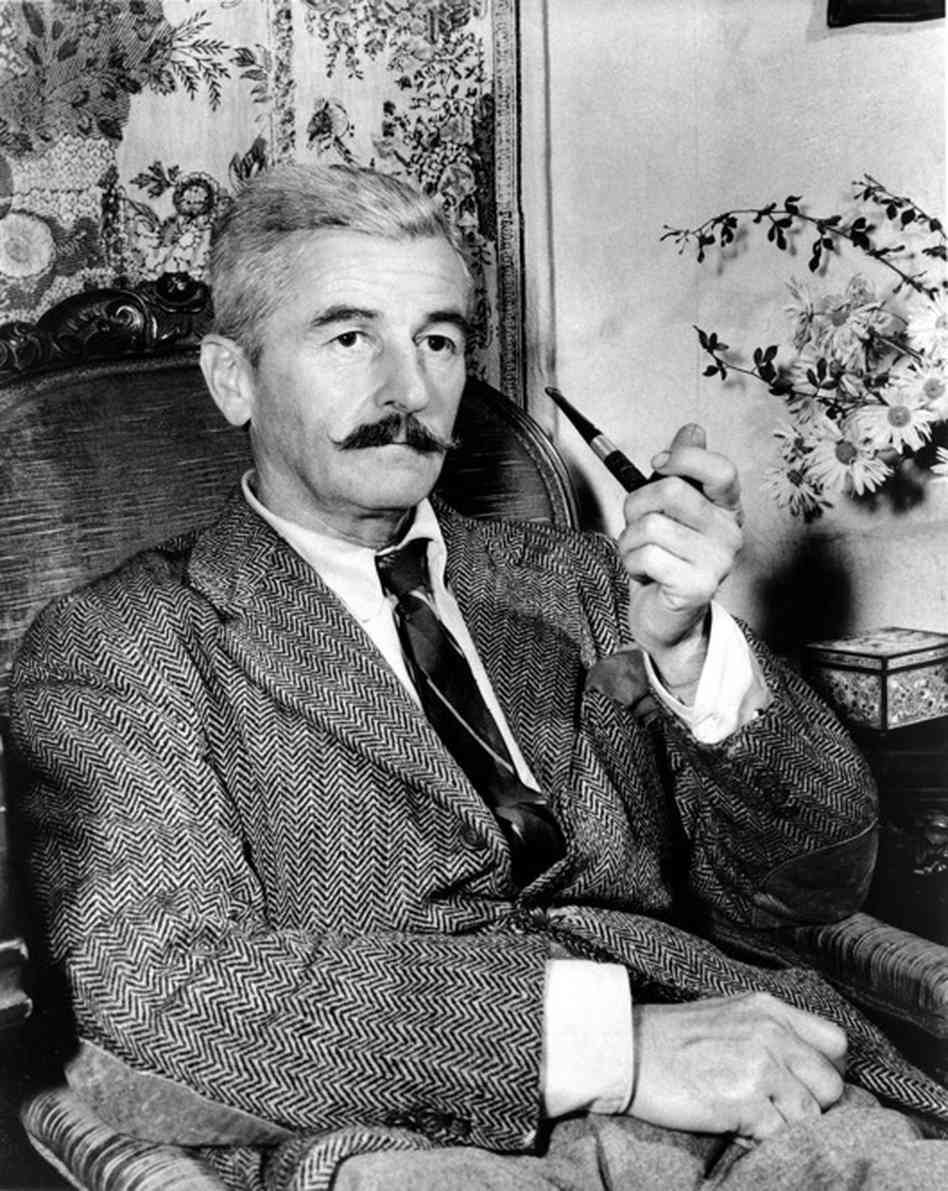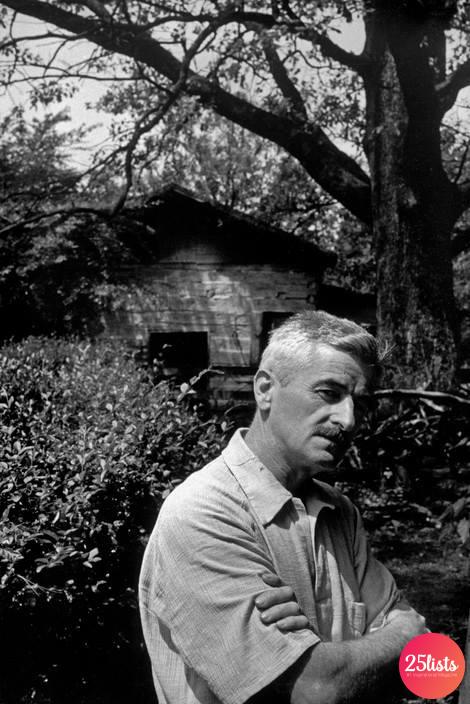Considered one of the most important American authors of the twentieth century, William Faulkner made history by inserting himself among the modernist writers of the thirties.
Who was William Faulkner
William Cuthbert Faulkner (New Albany, September 25, 1897 – Byhalia, July 6, 1962), was one American writer.
He grew up in Mississippi with his brothers, mother and father, stationmaster and administrator of the railway company. Once forced to leave his post, he transfers the whole family to Oxford and here he becomes the representative of “Standard Oil” and then gets the position of administrator of the University.
The young William in this period is very close to his grandparents and cousins with whom he has the opportunity to spend a lot of time. Lives many training experiences in a serene environment that allows him to come into contact with nature and animals. He is also passionate about literature through Shakespeare, Conrad and Harris, but above all to the myths and legends of his land. During adolescence he begins to write his first poemsee studying self-taught.
The beginning of William Faulkner’s career
Starts to publish his works in 1918 with the first poems and short stories about “Eagle”, the Oxford newspaper and the magazines “The Mississippian” and “New Republic” also collaborating as a translator. He then gets a job in the post office of the university and here, given the low salary, he is forced to do different jobs to be able to reach a more stable economic situation.

He leaves his post in 1924 and decides to publish at his own expense a collection of poems entitled “The Marble Faun” which did not turn out to be a great success, however. In this period he meets Joseph Conrad, one of his greatest myths, which leads him to approach prose thus writing works such as “The Soldier’s Pay”. Start getting great success and travel around Europe meeting well-known authors of the moment such as James Joyce.
William Faulkner and the Nobel Prize in Literature
After the publication of this work, considered outrageous by his parents, he devoted himself to a collection of caricatures of famous people that was received with little enthusiasm by critics. The brilliant idea comes with “Sanctuary” a novel of 1931 that leads him to achieve the long-awaited success. In this work he deals with issues such as corruption producing great scandal in the city of Oxford.

Followed by the stories “Spotted Horses” and “These 13” which continue to bring him success and allow him to participate in important conferences with colleagues such as Dorothy Parker or Lilian Hellman. In 1949, in a completely expected way, he is told that he has won the Nobel Prize for literature which he collects in Stockholm with his daughter. Among his latest successes he also remembers “Requiem for a nun” which is taken up by Albert Camus who makes a theatrical version in French.
In 1954 he released the allegorical novel “A Fable” with which he obtained numerous awards from the critics who gave him the National Book Award for the narrative and also the scope Pulitzer Prize. He continues to write several short stories and novels, among which he remembers “The Reivers” as the last one in 1962.

